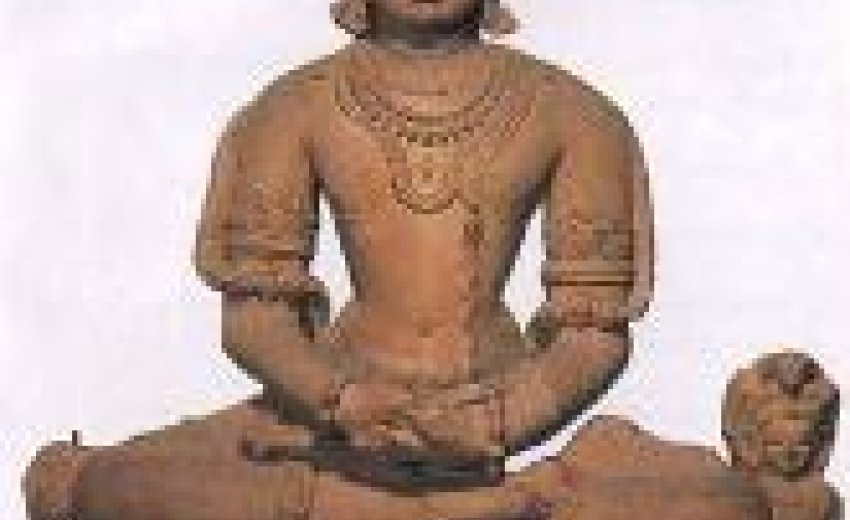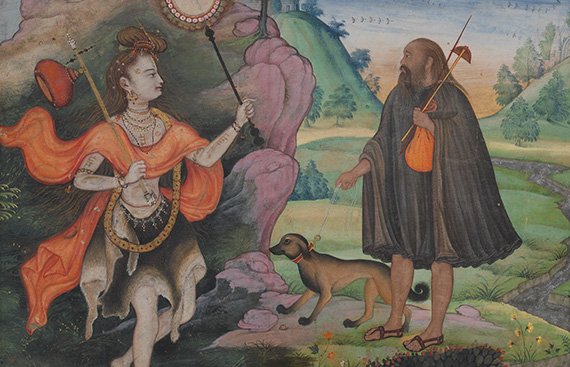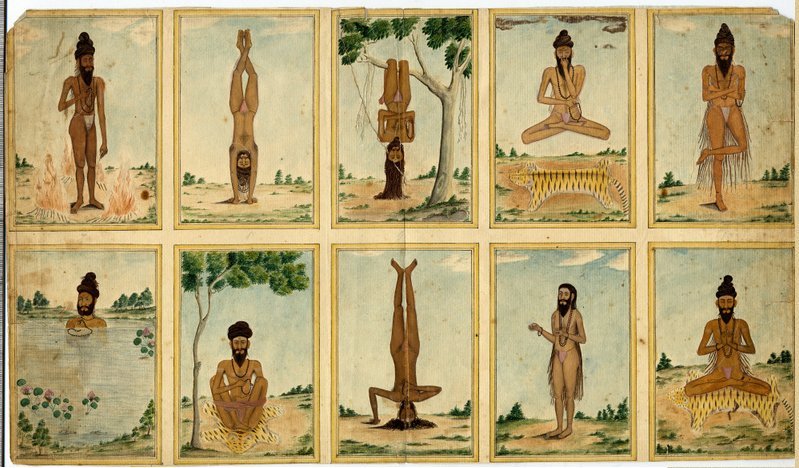“Yoga: The Art of Transformation”
Opens Fall 2013, U.S. Tour To Follow
January 15, 2014
Yoga is a global phenomenon, practiced by millions of people seeking spiritual insight or better health. Few, however, are aware of yoga’s rich diversity and historical transformations. Opening Oct. 19 at the Arthur M. Sackler Gallery, “Yoga: The Art of Transformation”—the world’s first exhibition about the discipline’s visual history—will reveal its rich and fascinating meanings, histories and evolution over the past 2,000 years.
“The Art of Transformation,” on view through Jan. 26, 2014, explores yoga’s goals and means of transforming body and consciousness, its profound philosophical foundations, its role within multiple religious and secular arenas and the roles that yogis played in society, from divinized teachers to militant ascetics.
Working with an interdisciplinary team of scholars, curator Debra Diamond assembled more than 120 objects from 25 museums and private collections in India, Europe and the United States, compiling one of the most remarkable surveys of Indian art.
|
|
| From the Smithsonian website: All over the world, millions of people practice yoga to find spiritual insight or better health. But very few know of yoga’s goals and means of transforming body and consciousness and its profound philosophical underpinnings. Yoga: The Art of Transformation, the world’s first exhibition about the discipline’s visual history, explores how its meanings changed over time as yoga became a global phenomenon. Eighty masterpieces of sculpture and painting, dating from the 3rd century to the 18th century, illuminate yoga’s central tenets as well as its obscured histories. Some 40 colonial and early modern photographs, books, and films reveal how yoga was despised as superstition during the 19th century and then resurrected in early 20th-century India as a democratic practice open to all. Borrowed from 25 museums and private collections in India, Europe, and the United States, its highlights include an installation that reunites for the first time three monumental stone yogini goddesses from a 10th-century Chola temple; 10 folios from the first illustrated compilation of asanas (yogic postures), which was made for a Mughal emperor in 1602 and has never been exhibited in the United States; and a Thomas Edison film, Hindoo Fakir (1906), the first movie ever produced about India. |
Beloved masterpieces and popular art forms weave parallel stories of yoga’s goal of altering the body and its equally dramatic effects on public consciousness, both in India and abroad. They reveal the genius of artists who created the first visual representations of profound concepts such as “the form absolute” and “disembodied enlightenment” as well as more hidden histories—such as the roles of female yogis, the impact of tantra on yoga and the late 19th- and early 20th-century Indian teachers who laid the foundations for much of modern practice.
The exhibition features 90 stone and bronze temple sculptures, lushly illustrated manuscripts and intricate court paintings created from the third to the 19th century A.D. that illuminate yoga’s central tenets and more obscure traditions. Later 19th- and early 20th-century photographs, missionary postcards, magic posters, medical illustrations, iconographic manuals and early films chart the vilification of yoga in the colonial period and the subsequent emergence of the modern discipline in India.
| Plot Summary for The Hindoo Fakir (1902) |
| A remarkable and mystifying picture, showing a Hindoo Fakir going through a series of tricks. He produces a lovely woman by simply waving his hand in the air. He then sticks four swords in the platform and lays the woman at full length upon their upright handles, and then with a fifth sword, he knocks the four from under her and they mysteriously disappear, but the woman stays in her original position, apparently suspended in mid-air with nothing but the atmosphere as a support. A set of butterlfy wings seems to grow on her shoulders, and she flies about the stage in a most mysterious manner and then fades away in space. Written by Edison Catalog |
Hindoo Fakir (1906), the first movie produced about India.
A full range of public programs, concerts and family activities, including a November symposium, will accompany the Sackler’s presentation. The exhibition catalog, Yoga: The Art of Transformation, is the first publication on the visual history of yoga and includes contributions by noted scholars Carl Ernst, David Gordon White, Mark Singleton, Joseph Alter, Tamara Sears, Sita Reddy and Sir James Mallinson. It will be available for purchase in October.
Following its Washington, D.C., debut, “The Art of Transformation” will travel to the San Francisco Asian Art Museum (Feb. 21–May 25, 2014) and the Cleveland Museum of Art (June 22–Sept. 7, 2014). Support for the exhibition is provided by the Art Mentor Foundation Lucerne and the Ebrahimi Family Foundation.
The Arthur M. Sackler Gallery, located at 1050 Independence Avenue S.W., and the adjacent Freer Gallery of Art, located at 12th Street and Independence Avenue S.W., are on the National Mall in Washington, D.C. Hours are 10 a.m. to 5:30 p.m. every day (closed Dec. 25), and admission is free. The galleries are located near the Smithsonian Metrorail station on the Blue and Orange lines. For more information about the Freer and Sackler galleries and their exhibitions, programs and other public events, visit www.asia.si.edu. For general Smithsonian information, call (202) 633-1000.


